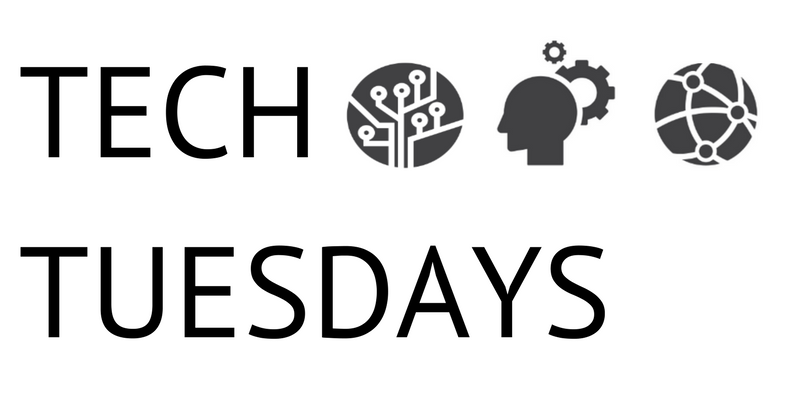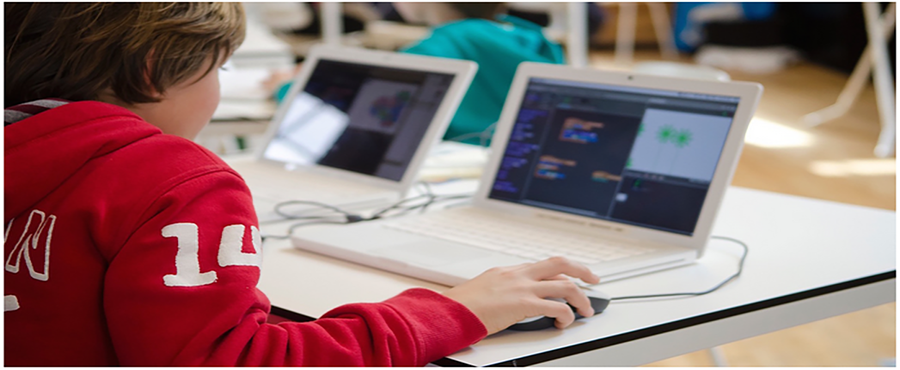By Karen McKeown
Librarians learned long ago that the Field of Dreams adage “If you build it, they will come” does not apply to library resources. Obtaining great resources is only the first step. To be truly effective, library resources must be placed clearly and deliberately in the path of the intended users – and that means being where students, educators, and patrons go to find information. To the user, what matters most is finding the right content at the right time with ease.
As we work to blaze new trails in the area of “discovery,” Gale is finding innovative ways to put information in the path of potential users – integrating it into the classroom, providing pathways to it on the open web, and expanding the reach of the library. And we’re doing this with a very broad perspective – which means working with partners such as Google and Google Scholar; working with library services providers such as ProQuest, EBSCO and OCLC; and working with our own Cengage teams to enhance course materials and courseware such as MindTap™.
Read moreDiscovery: It’s More Than a Service; It’s a Way of Thinking



